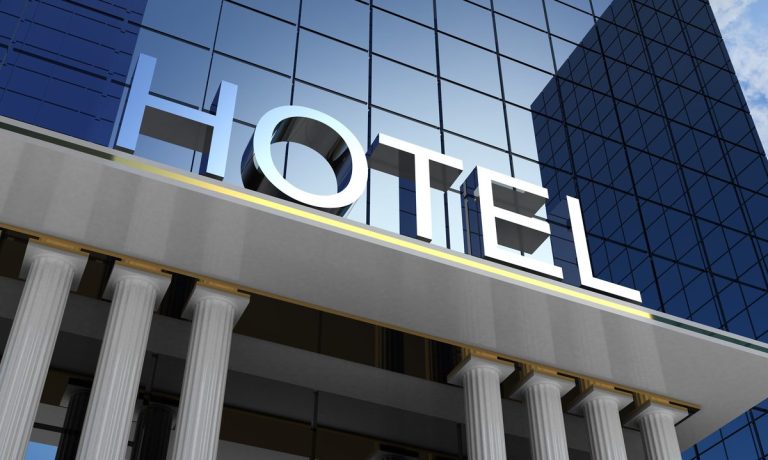
The pandemic, as it goes into its third year, with remote work shifting to hybrid models, will cause more people to check into hotels to work, a report in The New York Times said Thursday (March 3).
The report notes that employees who moved out of the city in favor of the suburbs have turned into regulars at urban hotels.
They have begun establishing “comfortable bolt-holes” after the commute in for meetings that can’t be taken through Zoom.
With that, hotels will be cashing in — with new packages designed specifically for these employees, containing features like parking, conference rooms and low midweek rates.
The Times writes that, for hoteliers, regular stays by commuters can be a path back to getting revenue lost during the pandemic and its shutdowns.
Occupancy rates were still down in the early weeks of 2022 because of the widespread omicron variant, but they climbed past 50% in February, according to global hospitality data and analytics company STR.
The Times report noted that growth was seen on weekend stays as well as those logged from Monday to Wednesday.
One employee named in the report had moved to Lakeville, Connecticut, from New York City with his wife early in the pandemic. The employee became a regular on Tuesday nights at Brooklyn’s Ace Hotel. The drive was over 100 miles to do his job at a design agency.
“Being back in the city, there’s still a liveliness to it that is pretty energizing. Being in and around that culture is a welcome change,” he said.
Read more: Hidden Hotel and Airline Fees Under Fire in 2022 as Travel Sector Explores New Price Models
PYMNTS wrote recently that there’s been a backlash against higher rates and new vocabularies like “sustainability fees” and ambiguous “amenities fees,” which have cropped up since the pandemic.
These fees have replaced what was once known as hospitality — with free late checkout and facilities use.
The recovery from the pandemic, PYMNTS wrote, seems “more solid and sure” now, so the travel industry has been raising rates and inventing fees to recover the money lost over the past two years.